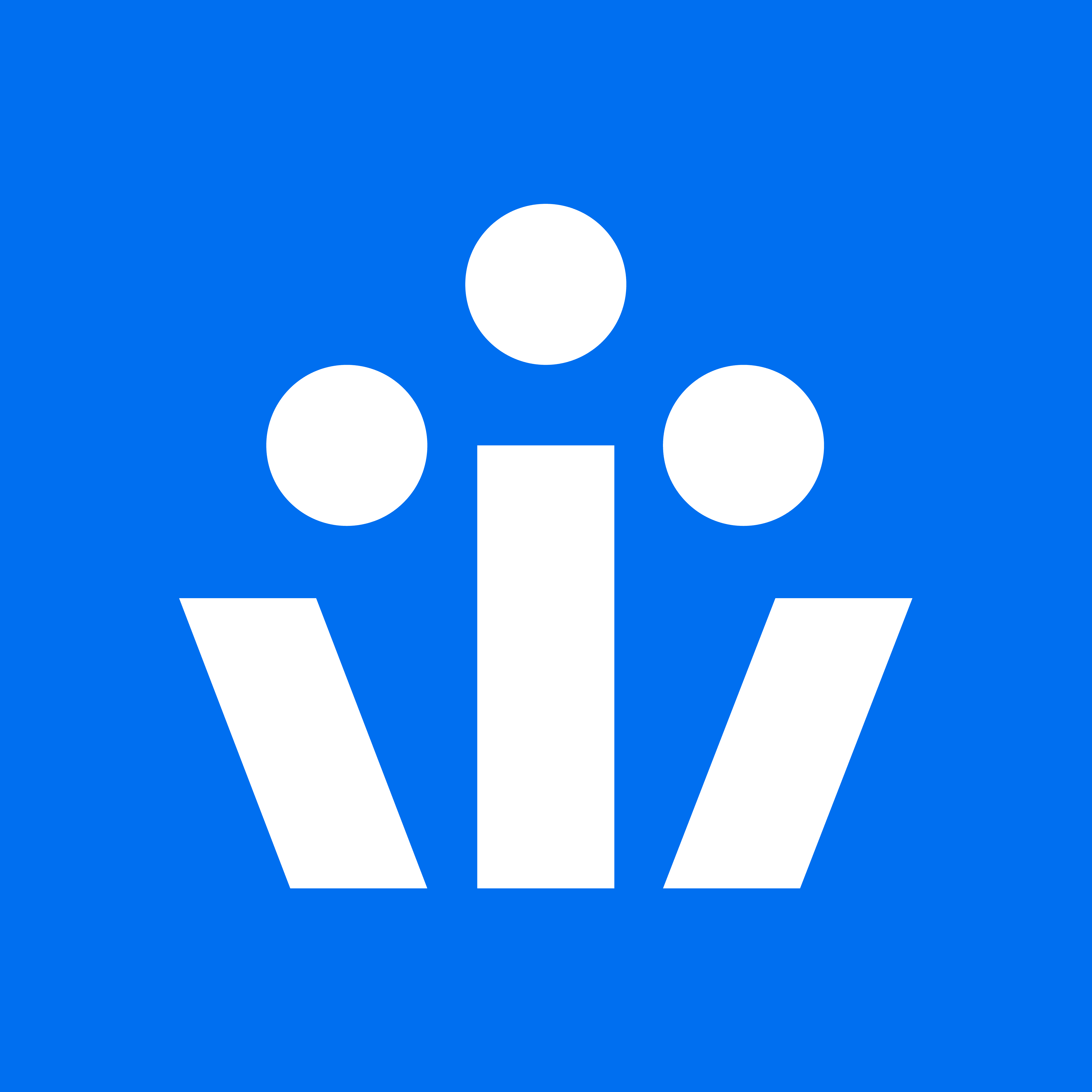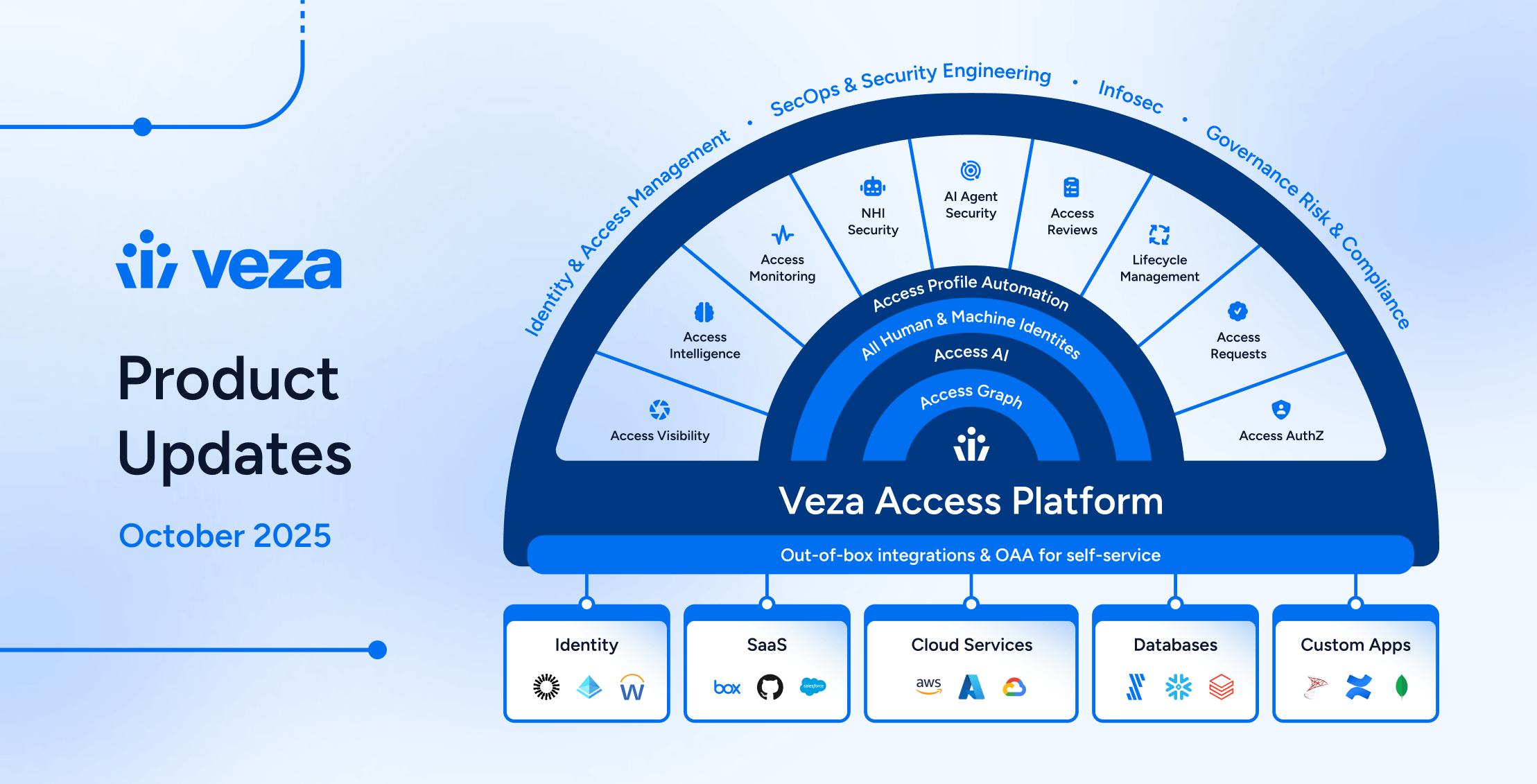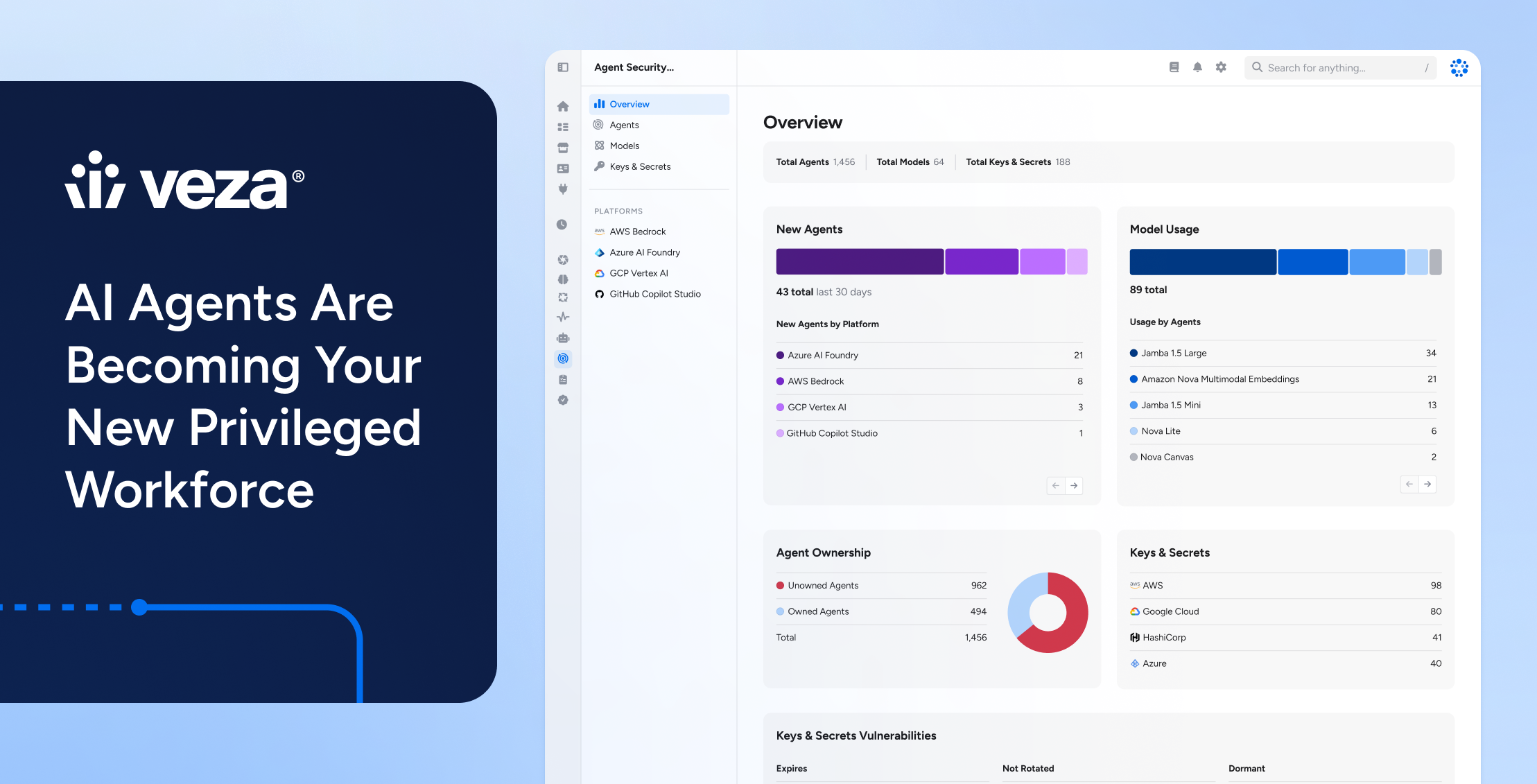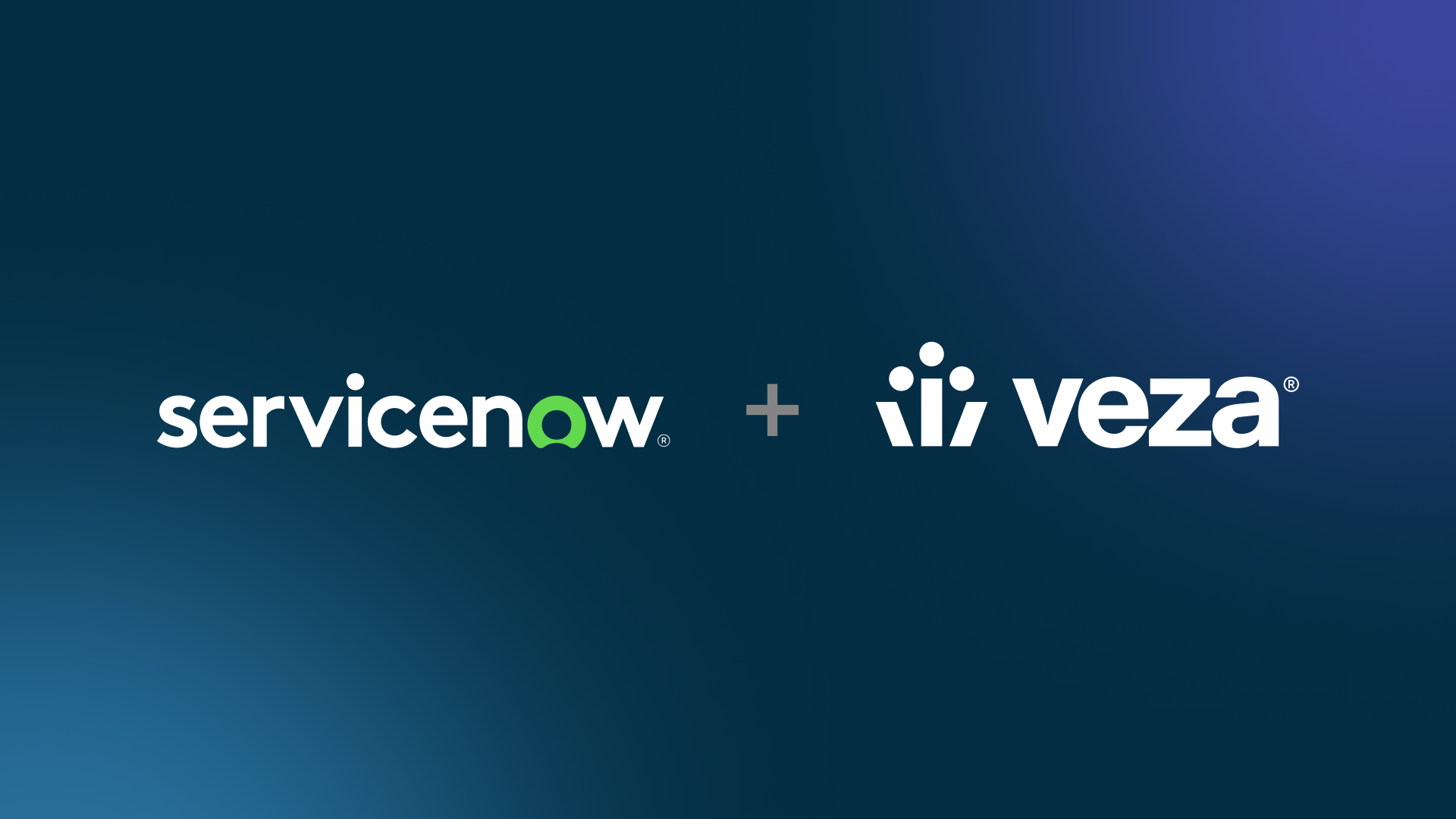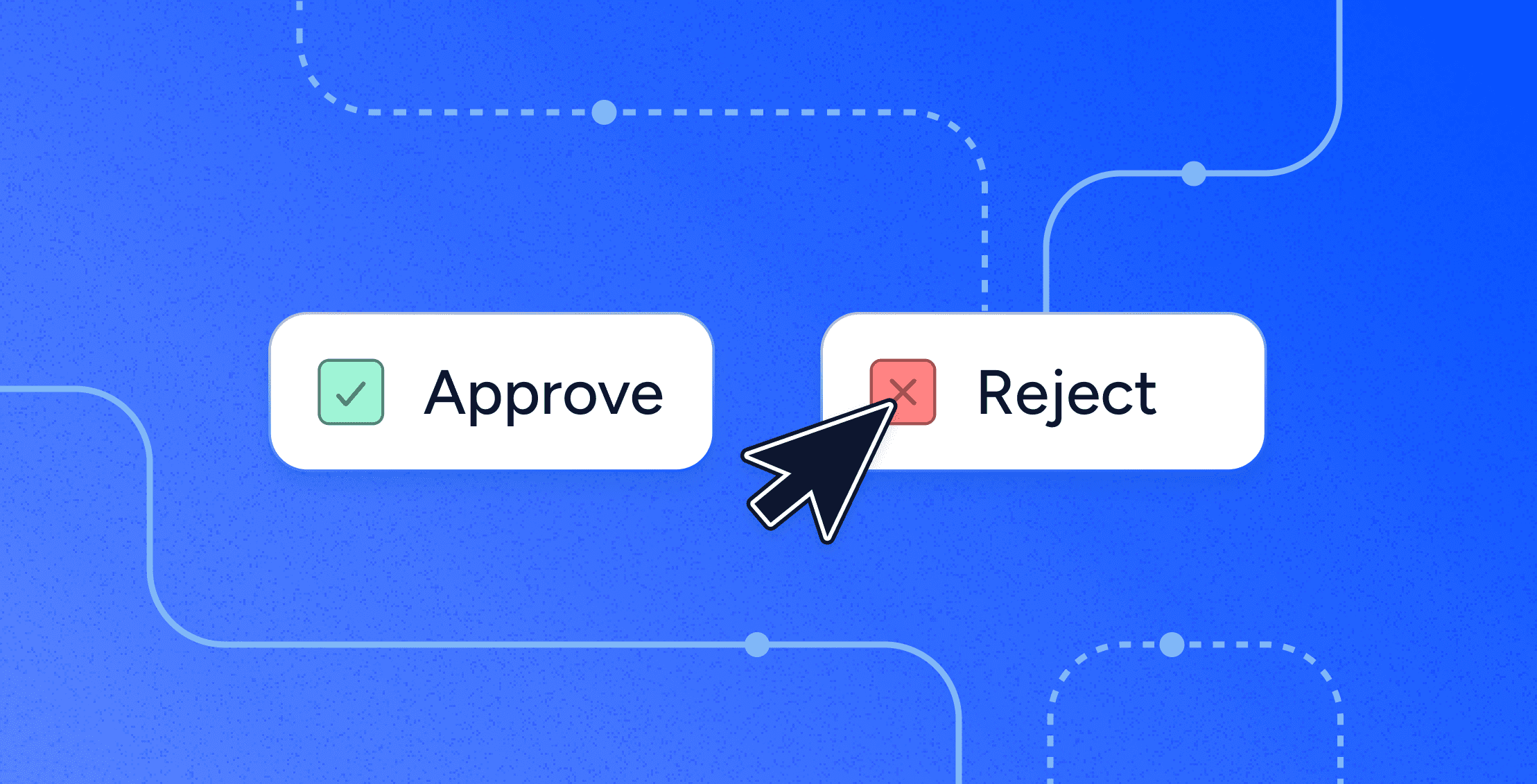
Today, many organizations rely on Identity Governance and Administration (IGA) tools to manage their digital identities. In fact, the industry is projected to grow from $6.33B in 2023 to $19.65B by 2032.
However, implementing these solutions can be difficult and time-consuming. They may lack the coverage and depth to answer the question, “Who can take what action on what data?” to appropriately secure an enterprise’s environment. That’s why it’s important to fully understand the capabilities of an IGA tool before committing to a solution.
This article explores the features and benefits of Identity Governance and Administration. Additionally, it also takes a look at why IGA may not be sufficient to manage access and permissions across your organization in today’s complex business environment.
With this information, you can make a more informed decision about whether or not IGA alone can meet your unique business needs.
What is IGA?
Gartner defines IGA as “the enterprise solution for managing the digital identity lifecycle and governing user access across on-premises and cloud environments.”
IGA tools help organizations oversee human and non-human access using a policy-driven approach to manage and control access rights. They combine identity and access information scattered across an organization’s IT systems to improve security and fulfill compliance obligations—places where traditional Identity and Access Management (IAM) tools might fall short.
IGA tools also automate important tasks like onboarding or access requests (provisioning) and removing access (de-provisioning) users. This capability is increasingly useful in today’s remote-first world, where users expect to be quickly granted access from any location and device.
As the name suggests, two main pillars underpin the IGA framework:
- Identity Governance includes strategies and rules for managing user roles, properly separating duties, conducting regular user access reviews, and maintaining access logs. It also includes analytics and reporting capabilities for insights into access patterns and potential security risks.
- Identity Administration deals with the hands-on aspect of user accounts and credentials, including creating and removing user profiles, managing user rights (entitlements), and setting up devices. Identity Administration ensures users can perform their duties without stepping beyond security and policy requirements.
Brief history of IGA
The history of IGA solutions is closely tied to the introduction of data regulations like the Sarbanes-Oxley Act (SOX) in 2002 and the Health Insurance Portability and Accountability Act (HIPAA) Privacy Rule in 2003. Under these laws, organizations are required to improve transparency and practice better data management—mandates that call for more sophisticated identity management systems.
Ultimately, IGA tools were created to help organizations comply with these regulations. By giving businesses a clearer view of their identities and access privileges, IGA tools could strengthen controls for identifying and preventing unauthorized access to sensitive resources.
In 2012, Gartner recognized IGA as the fastest-growing segment in the identity management market, officially putting it on the cybersecurity map. In 2013, Gartner published its first Magic Quadrant for Identity Governance and Administration, which combined the previously distinct categories of identity governance and identity administration into a single field of study.
Today, the market is populated with a wide array of IGA tools, each offering varying degrees of functionality and support to help organizations manage identity security and comply with governmental regulations.
Identity Governance and Administration vs Identity and Access Management
Identity and Access Management (IAM) is about setting up the rules, technologies, and processes to manage and monitor access to systems, networks, and data. Its main goal is to make sure that each person or entity gets just the right amount of access to prevent unauthorized entry and potential security threats.
A key component of IAM is authentication, which involves confirming the identities of users or non-human identities requesting access to verify they are who they claim to be.
Although IGA falls under the broader umbrella of IAM, it takes these concepts a step further by managing digital identities and access governance across a wide array of systems and applications. It solves some of the most common IAM challenges, like improper or outdated access permissions, remote workforce management, tedious provisioning processes, inadequate Bring Your Own Device (BYOD) policies, and strict compliance requirements.
Unaddressed, these problems can quickly escalate into security risks and weaken an organization’s compliance posture. However, by integrating IGA into identity management strategies, organizations can streamline access approval workflows, minimize risks, and uphold IAM policies. While IAM is centered on securing access to resources, IGA adds layers by focusing on identity governance, compliance, and risk management.
Features of Identity Governance and Administration solutions
IGA solutions offer a suite of capabilities designed to improve how businesses manage identities throughout their lifecycle.
Identity lifecycle management
IGA tools help organizations manage the entire identity lifecycle, from the initial creation of digital identities to their eventual decommissioning. This includes all the processes involved when updating and maintaining user access rights as roles change, so access privileges are always current and appropriately assigned.
Centralized access reviews, access requests, & access management
With a centralized system for access reviews, access requests, and access management, IGA solutions simplify the procedures for giving users and non-human identities the proper permissions. IGA enables administrators to oversee and control access more efficiently, track user activities, and secure their organization against unauthorized access and threat actors.
Automated provisioning
IGA solutions also automate provisioning and de-provisioning processes, so granting or revoking access rights is faster and more efficient. It extends to on-premises and cloud environments to ensure timely updates to access permissions that align with user role changes for improved security and operational efficiency.
Entitlement management
With IGA, administrators can define and manage user entitlements across multiple systems and applications. This level of control over permissions ensures that users have access only to what they need based on their specific job functions.
Regulatory compliance
IGA systems are designed to help organizations meet regulatory compliance requirements with tools to manage and report on access controls, user activities, and security policies. This is particularly valuable for standards such as GDPR, HIPAA, SOX, and PCI DSS, among others.
Identifying & remedying policy violations
IGA solutions can also help organizations monitor user activity to identify policy violations or security risks. They can even initiate corrective actions, suggest policy improvements, and generate detailed reports for compliance and auditing purposes.
Access certifications
Access certifications enable organizations to conduct regular reviews and verify user access rights. This helps ensure that users retain only those access rights necessary for their current roles, reducing the risk of unauthorized access.
Analytics & reporting
IGA also offers analytics and reporting capabilities to give administrators insight into access patterns, security risks, and their organization’s compliance status. This information is important for identifying potential issues, supporting security investigations, and maintaining regulatory compliance.
Benefits of IGA tools
IGA tools offer a variety of advantages for organizations.
Automated access workflows
IGA systems have automated workflows that can significantly simplify the process for users to get the access they need for their jobs. These workflows include onboarding and offboarding users, defining access levels based on roles, and provisioning access requests to applications and systems. This capability not only saves time but also reduces the margin for error.
Operational efficiency & costs
By centralizing identity management policies, IGA tools unify processes across applications on-premises and in the cloud. In many organizations, this frees up development teams to concentrate on improving custom applications and delivering value to customers rather than focusing on identity management tasks.
IGA solutions also help facilitate remote access so employees can work from anywhere.
Identity lifecycle management
Organizations are always changing. Employees may move departments, assume new roles, or even exit the company. IGA manages these transitions by ensuring access rights are accurately provisioned or de-provisioned in response to these changes, including password management, permissions adjustments, and handling access requests for tight control over IT resources.
Compliance & security
IGA tools also help organizations establish and enforce controls to meet rigorous security and privacy standards for compliance. They enable organizations to make sure the right security measures are in place for compliance requirements. By providing a clear framework for managing access and monitoring user activities, IGA also helps protect against potential breaches.
Why your organization may need more than an IGA solution
While IGA tools may offer substantial benefits, they often fall short in some areas.
Increase of identity-based attacks
The rise in identity-based attacks has spotlighted the vulnerabilities within many organizations. Gartner analysts have said that 80% of organizations have suffered some form of identity-related security incident in the preceding year, and others have stated that 75% experience breaches due to identity theft or misuse.
Despite advancements like Single Sign-On (SSO) and Multi-Factor Authentication (MFA), cybercriminals have found ways around these defenses. Traditional IGA solutions, built for a simpler era, struggle to comprehend and manage the complexities of modern access permissions.
Decentralized access
The move to cloud computing and the rise of Software-as-a-Service (SaaS) applications have complicated the access landscape. Today, the average enterprise uses hundreds of SaaS applications and cloud services, each with a unique access control model. This diversity makes applying uniform security policies, like the principle of least privilege, across all platforms challenging.
From provisioning to access reviews, next-gen IGA must cover all systems—cloud services, on-premises, SaaS apps, and data lakes—to effectively prevent policy violations and deliver a single pane of glass for governance. Traditional IGA often runs out of budget after connecting to just a few systems, which is insufficient given the sensitive data spread across an expanding landscape of apps and services.
Non-human identities, which represent a rapidly growing category of digital identities and often have privileged access, can also complicate things. Manually managing permissions in these environments is simply impractical. Ultimately, businesses need a more intelligent solution to adapt and ensure secure, compliant access across a broad spectrum of applications and services.
Rise of non-human identities
A non-human identity helps automated actors, like computers and devices, talk to each other. Non-human management is an important part of today’s business systems–especially since non-human identities now outnumber human identities 17-to-1. Additionally, the rise of local accounts in databases and SaaS applications further complicates identity management because they are often undetected by traditional identity providers.
It’s essential that any governance program includes non-human identities like service accounts, which usually have elevated privileges, and local users who often create direct user accounts in SaaS apps bypassing SSO platforms. These local accounts, sometimes even with admin privileges, are especially risky as they may not be terminated properly when an employee leaves the company.
Traditional IGA tools were designed only with humans in mind. They rely on human resources or identity providers as the source of truth and do not have the visibility to detect non-human identities.
Complex access control systems
The complexity of access control systems in today’s IT landscape is now beyond the capabilities of traditional IGA tools. Designed for an era of on-premise architectures and fully trusted networks, these tools often rely on simplistic group and role definitions in a single directory service, like Active Directory.
Traditional IGA tools also struggle to integrate with modern applications, particularly those based in the cloud or offered as SaaS. Their integrations are typically limited to on-premise systems. When cloud integration is possible, they cannot handle the complexity due to the architecture on which they were originally built, reflecting their design for an on-premise world.
Unfortunately, this model doesn’t adequately reflect the nuanced permissions needed in modern, multi-vendor environments. Traditional IGA does not support the concept of effective permissions, which is crucial for a complete and accurate view of what specific actions roles or groups can undertake on specific resources.
Next-gen IGA must go beyond users and groups to see true permissions: granular entitlements down to a data object, table, or resource. This granularity enables IAM teams to decide which identities go into which roles and refine the role structure to enforce ‘least privilege’ access.
Limited visibility into permissions
Another shortcoming of traditional IGA solutions is their limited visibility of permission metadata across applications and systems. These human-centric solutions can only tell you what roles or groups a user belongs to.
However, they cannot tell you what actions those roles or groups can take on specific resources. This limitation stems from an outdated data model that doesn’t account for the complexity of modern IT ecosystems.
A complete view of permissions and accurate role definitions demands a more sophisticated architecture capable of deep integration and analysis.
Challenging to scale
It is increasingly difficult to scale traditional IGA solutions to meet the demands of a rapidly growing digital landscape. The diversity and volume of digital identities and the complexity of access controls in modern applications pose significant challenges for IGA tools. This could lead to downtime in the IGA solution or an inaccurate representation of your identity landscape.
Organizations must look beyond traditional IGA solutions to find the agility and scalability to secure digital identities in a dynamic, distributed IT environment.
Moving beyond IGA
Traditional IGA tools aren’t sophisticated enough to protect organizations from unauthorized access in today’s complex, fast-moving, hybrid work environment. That’s why Veza created its Access Platform, a modern approach that overcomes the limitations of traditional IGA by uncovering access permissions for all types of identity and all systems (cloud or on-premise).
This innovative approach aims to minimize identity risks, cut down on governance costs, and expedite the process of granting access to applications and data across diverse environments.
Veza’s platform is engineered to consolidate and streamline the access lifecycle, offering a comprehensive solution that improves visibility and intelligence. It automates the processes involved in access reviews and identity lifecycle management, making it easier for organizations to manage and secure their digital identities.
Learn how Veza can propel your organization beyond traditional IGA and into the future of access intelligence.
